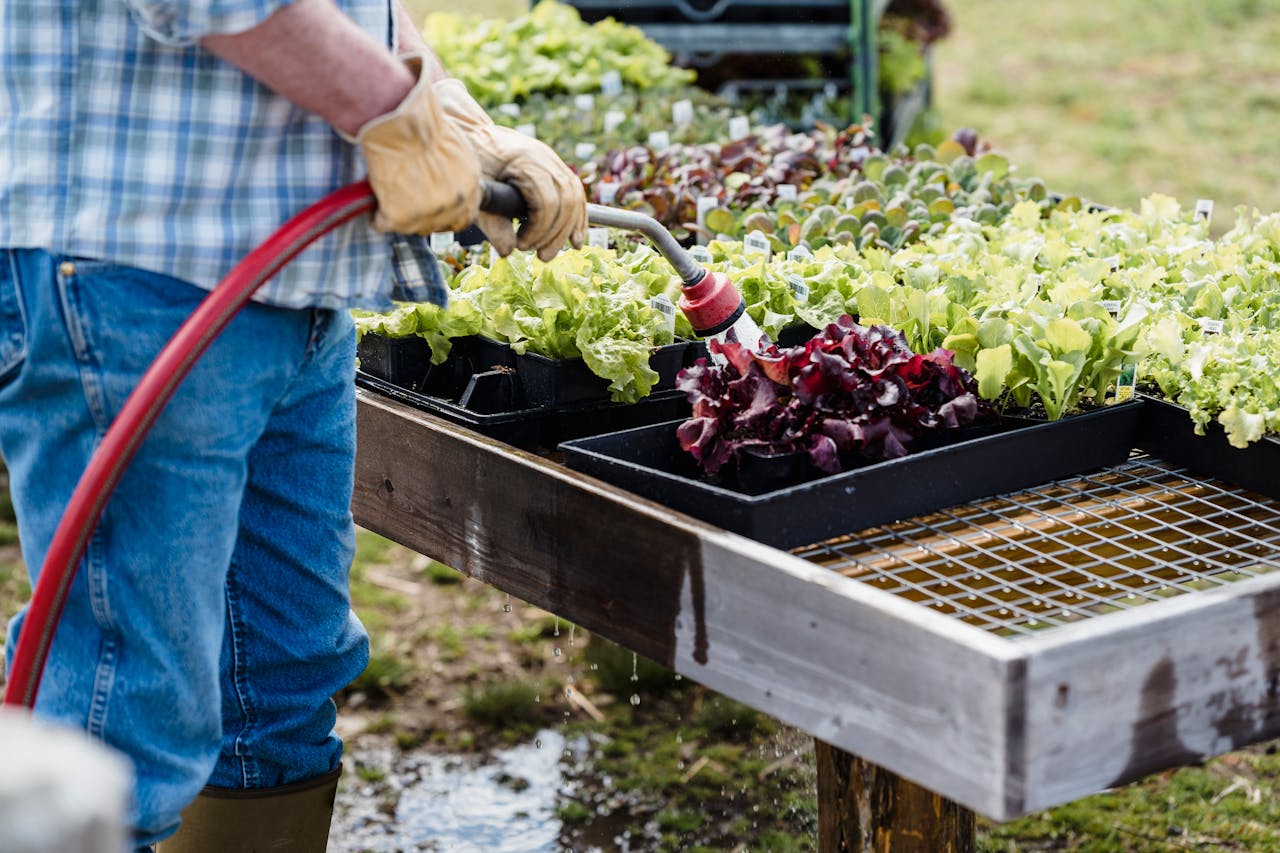Growing your own vegetables at home is a rewarding and healthy hobby. It not only provides fresh produce but also connects you with nature and offers a sense of accomplishment. Whether you have a large backyard or a small balcony, you can start your own vegetable garden with these practical tips.

Introduction to Home Vegetable Gardening
Starting a home vegetable garden requires planning and knowledge about the basics of gardening. With the right approach, you can successfully cultivate a variety of vegetables that will enrich your meals and boost your well-being.
1. Planning Your Vegetable Garden
1.1. Choosing the Right Location
- Description: The first step in creating a successful home vegetable garden is selecting the perfect spot.
- Tips:
- Choose a location that receives at least 6-8 hours of sunlight per day.
- Ensure the site has good drainage to prevent waterlogging.
- If space is limited, consider container gardening or vertical gardens.
1.2. Deciding What to Grow
- Description: Select vegetables that you enjoy eating and are suitable for your climate.
- Tips:
- Research which vegetables grow best in your region.
- Start with easy-to-grow vegetables like tomatoes, lettuce, and herbs.
- Plan your garden layout to maximize space and productivity.
2. Preparing the Soil
2.1. Testing and Amending Soil
- Description: Healthy soil is crucial for the growth of your vegetables.
- Steps:
- Test the soil’s pH and nutrient levels using a soil test kit.
- Amend the soil with compost or organic matter to improve fertility.
- Add necessary nutrients based on your soil test results.
2.2. Building Raised Beds
- Description: Raised beds can enhance drainage and make gardening more manageable.
- Tips:
- Use untreated wood, bricks, or stones to build raised beds.
- Fill the beds with a mix of topsoil, compost, and organic matter.
- Mulch the surface to retain moisture and reduce weeds.
3. Planting Your Vegetables
3.1. Starting from Seeds vs. Transplants
- Description: Decide whether to start your plants from seeds or purchase transplants.
- Steps:
- Seeds are cost-effective and offer a wide variety, but require more time and care.
- Transplants are convenient and save time, but may be more expensive.
- Follow planting instructions for depth and spacing.
3.2. Companion Planting
- Description: Some plants grow better when planted near compatible companions.
- Tips:
- Research companion plants to improve growth and deter pests.
- Pair plants like tomatoes with basil, and carrots with onions.
- Avoid planting incompatible plants together, such as beans with onions.
4. Caring for Your Garden
4.1. Watering and Mulching
- Description: Proper watering and mulching are essential for a thriving vegetable garden.
- Steps:
- Water deeply and consistently, especially during dry spells.
- Use drip irrigation or soaker hoses to minimize water wastage.
- Apply mulch to retain soil moisture and suppress weeds.
4.2. Fertilizing and Pruning
- Description: Feed your plants and keep them healthy with regular fertilizing and pruning.
- Tips:
- Use organic fertilizers or compost to provide nutrients.
- Prune plants to improve air circulation and remove diseased parts.
- Follow specific fertilizing schedules for different vegetables.
5. Dealing with Pests and Diseases
5.1. Organic Pest Control
- Description: Protect your garden from pests using organic methods.
- Steps:
- Identify common garden pests like aphids, caterpillars, and snails.
- Use natural predators like ladybugs or introduce beneficial insects.
- Apply organic pesticides or homemade remedies if necessary.
5.2. Preventing and Managing Diseases
- Description: Keep your plants healthy by preventing and managing diseases.
- Tips:
- Rotate crops annually to prevent soil-borne diseases.
- Maintain proper spacing to reduce the risk of fungal infections.
- Remove and dispose of infected plants promptly.

Conclusion
Cultivating a home vegetable garden is a fulfilling activity that offers fresh, organic produce and a deeper connection to nature. By following these tips and best practices, you can create a productive garden that thrives throughout the seasons. Embrace the joys of gardening and enjoy the fruits (and vegetables) of your labor!


